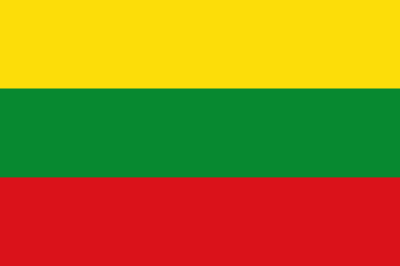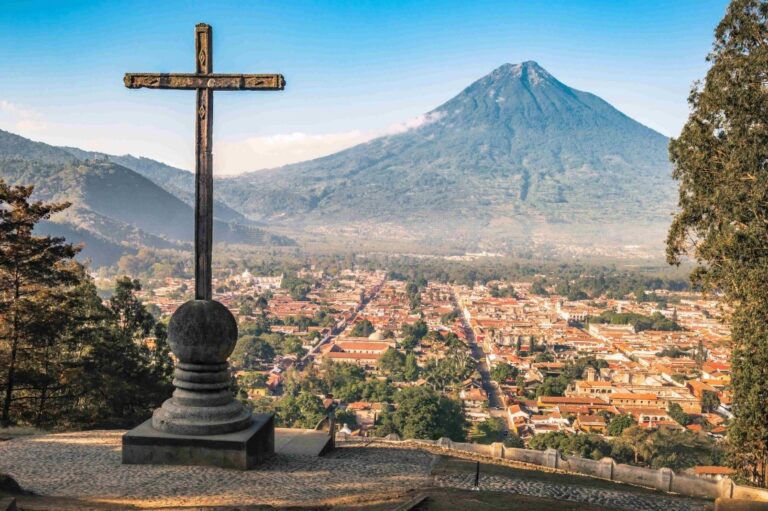ARJONA
Department
Bolívar Department, Colombia

Flag of the city
The flag consists of vertical stripes in white, green, and yellow. The colors of a flag often carry symbolic significance: White in the context of a municipal flag might symbolize the unity and tranquility within the community. Green might represent the town’s lush landscapes, agriculture, or the hope for a prosperous future. While Yellow might symbolize energy, enlightenment, and the positive spirit of the community.

Seal of the city

Slogan of the city
The slogan “Work, Know” on Arjona’s seal likely encapsulates the town’s values and aspirations. Work reflects a strong emphasis on industriousness, productivity, and a commitment to economic development. It suggests a community that values hard work as a means of progress, growth, and contributing to the overall well-being of its residents. Know emphasizes the importance of knowledge, education, and continuous learning. It implies a community that values intellectual growth, education, and staying informed. This could be a nod to the idea that a knowledgeable and informed populace is essential for the overall development and progress of the town.
Together, “Work, Know” paints a picture of a community that values both hard work and the pursuit of knowledge. It suggests a holistic approach to development that involves not only the physical labor and economic activities but also the intellectual and educational advancement of its residents. The combination of these values can contribute to the overall prosperity and well-roundedness of the community.
Together, “Work, Know” paints a picture of a community that values both hard work and the pursuit of knowledge. It suggests a holistic approach to development that involves not only the physical labor and economic activities but also the intellectual and educational advancement of its residents. The combination of these values can contribute to the overall prosperity and well-roundedness of the community.
History

Arjona has a history dating back to pre-Columbian times when indigenous communities, such as the Zenú people, inhabited the region. It was founded on March 13, 1775 by Antonio de la Torre y Miranda. The town’s foundation during the colonial period is attributed to Spanish settlers, contributing to its cultural and historical tapestry. Arjona played a role in the Spanish colonial administration, and its establishment can be traced back to this period. The town likely served as a center for agriculture and trade, given its strategic location.
During the 19th century, Arjona, like many other regions in Colombia, experienced the tumultuous events surrounding the fight for independence from Spanish rule. The town was witness to key moments in Colombia’s struggle for freedom. Arjona’s history is closely tied to its economic activities, likely centered around agriculture and trade. The town’s strategic position may have contributed to its role as a hub for commerce, fostering economic growth and development. The town boasts a rich cultural heritage, with traditions, festivals, and historical landmarks reflecting its past.
Geography of the city
Arjona is marked by the geographical coordinates 10°15′31″N latitude and 75°20′46″W longitude. This strategic location places the town within the northern part of the country. Arjona encompasses a total area of 589.6 km² (227.6 sq mi), comprising both urban and rural expanses. The urban sector covers 7.05 km² (2.72 sq mi), representing the developed and densely populated core of the town. Situated at an elevation of 63 m (207 ft) above sea level, Arjona experiences a relatively low altitude, contributing to its specific climate and environmental characteristics.
According to the 2018 census, Arjona had a total population of 69,503 residents, reflecting the combined demographic of both urban and rural areas. The municipality’s overall population density is recorded at approximately 120/km² (310/sq mi), illustrating the concentration of inhabitants across its territory. Within the urban confines, Arjona is home to 55,134 residents. The urban density is notably high at 7,800/km² (20,000/sq mi), highlighting the intensity of population concentration within the urbanized sections of the town. Arjona’s geography, characterized by its coordinates, expansive territory, elevation, and population distribution, plays a pivotal role in shaping the town’s identity and influencing its social and environmental dynamics. The interplay of urban and rural spaces contributes to the overall diversity and composition of Arjona’s landscape.

Population
Municipality and town – 69,503 (2018 census)
Urban – 55,134 (2018 census)
One photo representative of the city

Etymology
The name Arjona is of Spanish origin and means “Powerful and Complete”.
What the city is known or famous for

Arjona has local significance and is recognized for several aspects. Arjona is known for its religious sites, including the Church of Maria Auxiliadora established by the Comboni Missionaries. Additionally, the town has the Cerro de la Cruz (‘The Cross Hill’) where religious traditions are practiced, and the San Roque Parish, considered the starting point of the establishment of the church and the history of Arjona. Arjona is recognized for its natural reserve, the Agüil Forest, which boasts diverse flora and fauna. The forest is home to various species of butterflies and birds, making it a noteworthy area for ecological conservation. Given its location and historical roots, Arjona may have a history of agricultural activities. The town’s economy might be influenced by farming practices, contributing to the local identity. The Eladio Vargas Cultural Center, mentioned earlier, plays a role in documenting and preserving the history, traditions, culture, and folkloric aspects of Arjona. Such cultural institutions contribute to the town’s recognition.
